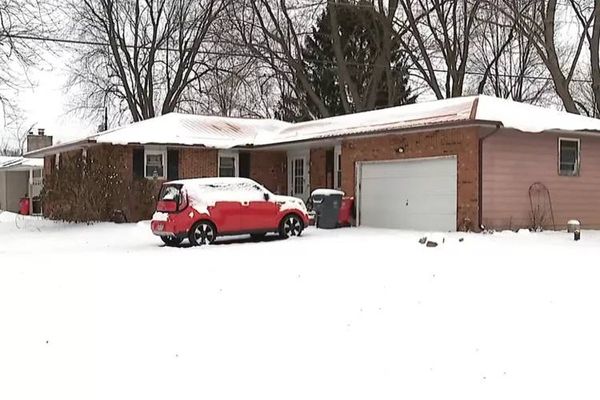
Doodling saved me. This is a grand statement, the kind I am generally pretty dubious of, but bear with me. Writing and drawing my illustrated memoir, big beautiful female theory, I obsessed about what makes a good drawing, pursued it doggedly, like Ahab going after a really photo-realistic portrait of a whale. If it wasn’t perfect, if it didn’t measure up to the vision in my head, I flew into a self-abnegating rage, shredding the paper to bits with my fingers, throwing it in the bin while tearing myself a new one, psychologically. The irony of this, given the book was full of silly illustrations of boobs and bums, is not lost on me.
I would describe the two years since the book’s release, euphemistically, as a kind of fog I’m emerging from. Less kindly, as a kind of stupor punctuated by a lot of bad television and crying jags. I’ve been trying to figure out what I actually care about, what I would do if I wasn’t focused on being good all the time.
This has led me, in a digressive, looping way, back to the doodle.
Who knows where doodles come from, and how they get to us? They simply arrive, buzzing and un-ignorable as blowflies entering a quiet room through an open window. My doodles wander aimlessly on to the page – they don’t flow from some transcendent place on high. They are far from genius. They scoff at genius, and that’s what I like about them.
Doodles are, themselves, free from expectation, and they double back to free the doodler from expectation. You can have no reasonable expectation of a doodle because it is not a reasonable form. It is free and associative, digressive and uncontainable. The doodle lives on the page, is born and dies on the page, with no prior plan or decision. It has the fancy of a daydream, the unintentionality of automatic writing, the spontaneity of theatre sports. It brings us back to our child selves: we draw the same motifs, the same Superman S’s, the same flowers and stars and crosshatched lines. We draw eyes, our dour teenage selves staring back at us through the annals of time.
My doodles bring a defiant grin to my face, reminding me of the unseriousness of the whole being-an-adult gambit. They remind me that there is no real difference between the me holding the pen now and 20 years ago, no matter how much rent I pay or how many Recipe Tin Eats recipes I pass off as my own.
We live in an age filled with motivational speakers who love to extoll the new and shiny virtues of old things, holding them up as newfangled, suggesting we need to change our outlook on them to reinvigorate their value. You don’t need to be Einstein to figure out that the mind-numbing tedium of tidying up helps us function, or that buying clothes from secondhand shops saves money – it’s the kind of advice that makes anyone who’s ever lived paycheck to paycheck roll their eyes so hard they disappear down their oesophagus. In her talk on the power of doodles, Sunni Brown rejects mainstay definitions of doodling, which she defines as “to dawdle, to dilly dally, to monkey around, to make meaningless marks”, and argues that “doodling is an incredibly powerful tool – and it is a tool that we need to remember and to relearn”.
While I understand the urge to reframe doodling as meaningful, I loathe the practical, productivity-hack framing. Does doodling need to be a tool, a means to an end? Why can’t it have meaning in and of itself, even if that meaning is an absence of meaning? Isn’t it enough to know that Queen Victoria doodled donkeys, and not to make an ass out of you and me (and her) by insinuating some kind of deeper implication?
On a recent comics residency with a group of fellow artists, I interrupted the flow of a collective comic we were making about a cat who lost a friend in the river: without a second thought, I wrote and drew that in the throes of grief, the cat decided to get a “hectic pair of breast implants”.
And so Big Titty Kitty was born, a character that was repeated and played with and became part of our shared, joyous lexicon throughout our trip.
If I had been worried about doing a “good drawing”, then I wouldn’t have come across this and the sense of silliness and camaraderie it engendered. I would have thought it too rude, too crude. Not deep enough.
And so now I’m trying to doodle, as much as I can, wherever I can. To capture this creative energy and to figure out where it might lead. To catch and follow the drift of my inner world, to embrace it, even if it’s just a really bad sketch.
But then again, what could I write here that could more pithily explain the purpose of the doodle than a doodle? To mangle Descartes, I doodle therefore I doodle – and that might just be the whole point.
• Eloise Grills is an award-winning writer, comics artist and inveterate doodler living on Dja Dja Wurrung land. Her graphic memoir, big beautiful female theory, was shortlisted for the 2023 Stella Prize







